When do you first remember thinking of yourself as a designer/artist? How did you end up doing what you do today?
Jessica I guess neither of us was really on a track to become an artist or a designer, but sometime during my undergraduate studies at MIT I became interested in potentially pursuing art. So I took an art class where – for the first time – I was asked to produce something as art. So I guess it was really through the structure of school, where suddenly somebody was asking me to do art, that I realized this is the category of thing that I’m working on. But not ever before that. I was not particularly artistically inclined or creative in that aspect of my life. I made some websites when I was in high school and maybe played with Play-Doh or Sculpey or something, but nothing where I considered myself to be an artist or designer. Before that, I was a biology major.
Jesse Sometimes I still wonder if I consider myself an artist or a designer or more of a technician. I sort of walked into this even more accidentally than Jessica.
Jessica He sort of walked into it because he was dating me! I got him excited about the things that I was excited about.
What excites you about being a designer/artist? Why do you keep doing it?
Jesse We’re excited about a lot of different aspects of what we do. I’m really excited about the technical aspects, like studying natural phenomena and figuring out how they can be simulated, and what is the latest contemporary research on topics of things that we encounter, like weird formations in geothermal areas. I’m also really excited about how things get made and making things. When you look at stuff around you in the world, you pretty much don’t know how anything gets made and it’s pretty exciting to learn the processes behind the scenes and then being able to use some of those.
Jessica I’m a little bit less involved in the really mathematically hard portion of what we do, that’s really Jesse’s specialization. I’m completely fascinated by natural systems, I love how what we do allows us to explore the world and learn more about it, and then let’s us take that and really play with it and find things that we wouldn’t have necessarily set out to find. But we find them because they emerge from the systems we’re working with, and we’re able to create things that we’ve never seen before or even imagined, which is always very exciting.
I also just love making things and I like that we can share that with other people because we make very affordable things. If I make something that costs $10 to $20, then I can sell that to basically anyone. I can get it in stores where a wide range of people who never found me on the Internet or in person can find out about what we’re doing. They can get excited about it, too. It can slightly change the way they look at the world when they look at our products and I think that’s exciting.
What do you think is your most important skill, and why?
Jessica It’s hard to say what’s most important. It’s easy for me to think about skills that I’m not very good at and that I’d like to be better at, and skills I think I’m really great at. I guess one of the things that’s been important in the formation of our design practice and business has been our ability to work with the sorts of systems we’re interested in and to see how to leverage those systems to actually create real things that can go outside and have a life of their own and that other people respond to. I don’t know whether that has to do with our sense of aesthetics or the materials we’re working with or the processes we’re using, but it’s worked out well for us.
Jesse There’s certainly an amount of technical skills that go into our work that are sort of necessary, but not sufficient. There’s an element that goes beyond knowing how to get things done that makes things good. In general, we’ve been pretty flexible with what we do, so we’re constantly trying to do new things and things that we don’t know how to do. There isn’t necessarily one skill set or tool set that we rely on, but we constantly want to learn new things and do new stuff.
Jessica I guess one skill – if I was to boast about one thing – is that we’re really good at doing whatever we set our minds to. We’ve never let any technical issues get in our way because we’re both pretty industrious. Really the only limitation ends up being what we can imagine and think of doing, but we don’t have anything standing in our way, which is good.
Tell us about the community you're working in.
Jesse Because we make physical products, which is unlike pretty much all people who work with computation and design, we’re sort of in this limbo world of lots of different communities. We started making jewelry, so we’re sort of in this jewelry world that we didn’t initially know anything about. They’re like this whole world on their own and have their own conferences and their own institutions and theories about jewelry. And then we’re also in this craft DIY world, because we make affordable objects on our own and manage our own business. We’re sort of in that world, even though we don’t make things with our hands.
Jessica I don’t really feel like we fall into one community, or that we’ve been that close to one. Actually, we’ve sort of isolated ourselves; we’ve moved around a lot, we’ve lived in Boston, upstate New York, Los Angeles, Boston again, and now western Massachusetts in a forest in the middle of nowhere, where there’s absolutely nothing. There’s no gas station. There are no stores. It’s very isolated, but through the Internet we’re connected with industrial designers, interaction designers, people working with Processing or openFrameworks or other creative coding tools, people who are on the manufacturing side of things, and we have a lot of connections with the 3-D printing industry, especially. We know a ton about that. But we’re not really super close to any of those communities. The thing that’s interesting about it is, that there are always new things to be looking at and new exciting angles on what’s happening in all these different communities that we can draw on.
In what ways does working within a community influence your work?
Jesse The biggest thing that’s influenced our work over the years has just been things that we find in nature while traveling. We’ve had the chance to go to lots of really interesting places like New Zealand and Iceland where they have all these different natural environments that have all these weird formations that occur. You can go see glaciers, you can go see geothermal formations, and you can go see rain forests.
Jessica I’m sure we’re influenced by all these things that we’re connected to. We both have an eReader, and we both use Twitter, so I see thousands of things everyday. It’s hard to say how that actually influences us. It’s not a direct influence, but I’m sure it does influence us. We try to keep up on current scientific research, which definitely plays a huge role in the directions we ended up going. If we read about a new technique for simulating leaf venation, which is what happened in 2008, then all of a sudden we got on this whole kick where we went in and really researched that for a long time. What’s going on in the scientific community has probably influenced us more than anything else. Of course, the 3-D printing as well, as that influences the making side of things and what we can actually realize.
What role does collaboration with others play for your projects?
Jessica Well, we collaborate together, but we haven’t really collaborated with other designers at all, ever. We’re not against it. It’s just that it hasn’t really come up. We’ve done designs for companies who contracted us to design a line of silicone tableware or something, but that’s not really collaboration. That’s more just getting hired to do something.
Jesse Basically we’re not very outgoing, so usually we just do whatever comes up. We’re not the sort of people who would go out and be like, “Hey, do you want to do a collaboration?” But if somebody would say, “Hey, I want to do a collaboration…”
Jessica Note to anyone reading this interview: if you’d like to do a collaboration with Nervous System, we’re very open to that. You have to ask us, because we’re very shy!
What do you wish to achieve with your work?
Jessica There are a lot of different things with many different aspects. It depends on how long-term we’re looking. In the short-term I’d like to make interesting, engaging products that make people think. I want to express what I’m interested in about nature and patterns and forms. And I’d like to do that affordably, so that we can start to replace the products that are on the market with more interesting ones that have more diversity, that bring people more pleasure, that make the environment less homogeneous and boring. Also I’m doing what I’m doing because I find it to be enjoyable. The number one goal is to make my life interesting and be happy, right? It’s very self-serving.
Jesse One of the things that I’m interested in is changing the structure of how things get made and how things get distributed, but I don’t really pursue that in any direct way except by making things and distributing things in different ways ourselves. It’s just this idea of people being more empowered to make things on their own and have successful small businesses. We don’t really need large institutions and big box stores in order to make and sell things efficiently now, we can have distributed production and distribution of our products.
What do you think you can actually achieve with your work, where are the limitations?
Jessica One thing that I definitely wish we could achieve with our work – and this is actually something I see as being more of a long-term goal – is having a more organic way of actually making goods. We design things using generative algorithms, which is very separate from the way they are actually produced. I might design it by growing it, but I can’t actually grow it.
So I’d like to see there be more biological, chemical, or physical methods for making things that take advantage of the advances that are happening in synthetic biology. We’re actually starting to be able to program bacteria to perform actions. Take bacteria that can excrete silica to make a shell, for example, and combine them with the behavior that we are studying in leaf venation. It’s a very simple set of rules that we are carrying out. If we can do those rules in a physical or biological manner, then we can actually start to construct things in a more ecological manner.
Right now, we can’t actually realize our organic designs in a good way, because we have to cut a million and a half panels that are all unique, and then assemble them, and they have to be labeled, and it just ends up being very not ecological at all to produce things that look organic. It’s sort of a double-edged sword: all these gorgeous sexy organic designs are actually very damaging to build because they are so wasteful.
One thing that is limiting us is the ability to realize the sorts of things that we grow or are interested in growing on the computer in real life. 3-D printing is okay, but it is very limited at the moment.
How has your work changed over the years? How did your goals change?
Jessica I wouldn’t say our work has really changed that much except in terms of the level of difficulty of the things that we are doing. When we first started out, we were really only doing two-dimensional things. We had these cool applets that we put online, where people could design their own pieces, which let them explore the core ideas behind what we do with a fun, generative system that they could play with and create real products inexpensively. But they were just two-dimensional applications that were actually very simple to program. A lot of the things we’re doing now are way beyond the level that we could have done four years ago. Just figuring out the math of how to do these things with these incredibly complicated structures and how to do them in 3-D and how to mesh them and how to fabricate them is way beyond what we could have done before.
Jesse Also, we’ve started to expand into making bigger things. When we started, we just made jewelry, primarily because it was very small and we could completely manage the design, fabrication, and distribution all on our own. Now that we’ve been doing that for a little while and we have a handle on it, we can expand into making larger objects.
Jessica The actual thing that we’ve done is make the software and the system. And that hasn’t really changed. But our ability to turn that into real things has gotten better.
If you had the chance to tackle a really big problem our society is confronted with, what would it be?
Jessica What I’m most worried about are the environmental issues, species going extinct and the effects of bad air quality and bad water quality on our health. All the things I’m inspired by are all these amazing natural things that I find when I go out hiking to remote places in the world – and those places are all disappearing. I think we all get incredible pleasure from going to these places, and it makes me very sad to think that they are going to be gone.
That’s something that we talk about sometimes. Our work is very formal, but I still think it affects people in a positive way. Sometimes I wonder if we could do more to address the sorts of issues that concern us globally. But as of yet, we haven’t done it. But I’m also very hard on myself and I always feel like our work isn’t doing nearly enough that it could be doing.
In terms of how I would tackle that, that’s definitely a very hard issue… Some people try to tackle it by raising awareness. If I tell people more about these issues, then maybe somehow they’ll magically get fixed. Other people go into research and they find some sort of crazy carbon-scrubbing bacteria that can live in the atmosphere, and suddenly there’s no more ozone depletion. I’m not in a position of being either of those sorts of people, so I’m not sure…
Some of the things that we talked about are things that could change the way our culture works, like if we could reduce wastefulness in terms of buying random stuff that is mass produced and then transported half way across the globe. That’s incredibly wasteful. So if our way of production is helping to reduce that, then that does have a role in that. It’s not a direct solution, but I guess there are no direct solutions.

